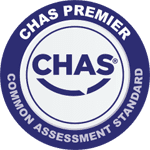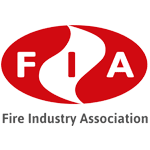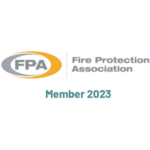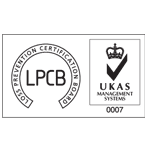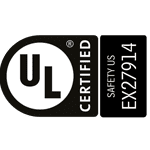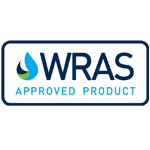iMist™ England
At iMist™ England, we specialise in innovative fire protection systems prioritising safety and efficiency for our customers. Our market-leading water mist technology is designed to provide high-pressure water mist fire suppression, while minimising water damage, making it ideal for domestic and residential applications.
Fire Safety and Legislation in England
Understanding Fire Regulations in England
Since the Grenfell Tower disaster, the fire safety community has faced continuous change. The Building Safety Act 2022, particularly Section 156, marks the third phase of efforts to enhance fire safety in high-risk buildings. It further amends the Regulatory Reform (Fire Safety) Order 2005, which was recently revised by the Fire Safety (England) Regulations 2022. The Act aims to improve fire safety measures across all properties under the Order and ensure residents in buildings with two or more domestic dwellings receive relevant fire safety information.
Key changes effective from 1 October 2023, include:
- Comprehensive documentation of Fire Risk Assessments (FRAs).
- Appointing only competent individuals for fire risk assessments (effective later).
- Maintaining records of responsible persons (RPs) and fire safety arrangements.
- Informing other RPs and providing them with necessary contact information.
The amendment requires all premises to document their fire risk assessments, expanding the previous requirement for written assessments. RPs must also provide fire safety information to residents and share it with other RPs within the building. For high-risk buildings (at least 18 metres tall, 7 storeys, and 2 residential units), RPs must identify and collaborate with other RPs and Accountable Persons.
Additionally, new residential buildings of 11 metres or higher now require fire suppression systems, such as sprinklers, to enhance safety further.
The Act also increases penalties for non-compliance and emphasises following guidance under Article 50 of the Fire Safety Order.
For more information on Fire Safety Guidance, click here.
What are the fire safety regulations in England?
How iMist™ systems help with Fire Suppression in England
iMist™ systems, a type of water mist fire suppression technology, provide numerous advantages for fire safety in England. These systems are becoming increasingly popular due to their efficiency, environmental friendliness, and suitability for various applications. Here’s how they contribute to fire safety:
Effective Fire Suppression
iMist™ systems utilise high-pressure water mist to suppress fires. The fine mist cools the flames and surrounding gases, reducing the temperature and controlling the fire more effectively than traditional sprinkler systems.
Minimised Water Damage
The fine mist produced by iMist’s misting solution uses significantly less water compared to conventional sprinklers. This reduces water damage to property and mitigates the risk of structural damage, which is particularly beneficial in residential buildings and heritage sites.
Safety in Occupied Spaces
Due to the reduced water usage and the mist’s ability to cool and suppress smoke, iMist™ misting systems can be safer for occupants during a fire. The reduced smoke and heat can help improve visibility and air quality, aiding evacuation efforts.
Versatility and Adaptability
iMist™ systems are adaptable and can be installed in a wide range of environments, including residential properties, commercial buildings, and industrial sites. They are suitable for retrofitting into existing buildings due to their flexible design and smaller pipework.
By addressing these key areas, iMist™ fire suppression systems enhance fire safety, offering a modern, efficient, and adaptable solution to fire suppression challenges in England.
Compliance with Fire Safety Regulations
These systems help buildings comply with stringent fire safety regulations in England. They are often used in buildings where traditional sprinkler systems are impractical or less effective, such as in older buildings with aesthetic or structural constraints.
Environmental Benefits
iMist™ systems are environmentally friendly. The reduced water usage not only minimises water waste but also lessens the environmental impact of fire suppression efforts.
Integration with Modern Fire Safety Strategies
iMist™ systems can be integrated into broader fire safety strategies, including smoke alarms, fire curtains, and other passive fire protection measures, enhancing overall safety.
Examples of Application
- Residential Buildings: Particularly in high-rise apartments and care homes, water damage and rapid evacuation are critical concerns.
- Heritage Sites: Where preservation of the building fabric is paramount, and water damage from traditional sprinklers would be detrimental.
By addressing these key areas, iMist™ fire suppression systems enhance fire safety, offering a modern, efficient, and adaptable solution to fire suppression challenges in domestic and residential properties in England.
